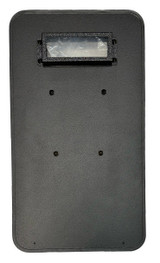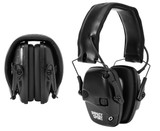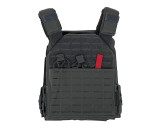BattleSteel Level IV Ceramic Armor Plates vs. Level III+: Which Plate Offers the Best Protection in 2025?
In the world of personal ballistic protection, choosing the right armor plate can mean the difference between life and death. With evolving threats and new technologies, the choice between Level III+ and Level IV plates becomes more critical than ever. BattleSteel, a trusted name in tactical protection, offers top-tier solutions for both categories. But which one is right for you? In this comprehensive comparison, we’ll dive deep into the features, strengths, and practical applications of BattleSteel’s Level IV Ceramic Armor Plates and their Level III+ counterparts.
Whether you're military personnel preparing for high-threat missions, a police officer on patrol, or a civilian looking to enhance your personal defense setup, this article will give you clear, actionable insights. We’ll examine stopping power, weight, comfort, and cost—helping you determine which plate best fits your needs. Let’s explore how BattleSteel’s armor technology stacks up in 2025.
Understanding Armor Levels: Level III+ vs. Level IV
Before comparing specific BattleSteel plates, it’s important to understand what Level III+ and Level IV armor ratings mean. According to the National Institute of Justice (NIJ), Level III is certified to stop 7.62x51mm NATO rounds (M80), while Level IV is tested to stop a single .30-06 M2 Armor Piercing round. The “+” in Level III+ is an industry term—not an official NIJ certification—but it typically means the plate has been tested to stop more powerful rounds than Level III, such as 5.56mm M855 (green tip).
BattleSteel’s Level III+ plates often use ultra-high-molecular-weight polyethylene (UHMWPE) or steel to deliver lightweight protection against common threats. Level IV plates, however, are ceramic-based and built to absorb and disperse the immense energy of armor-piercing ammunition. While both serve critical roles, their designs and capabilities reflect different combat scenarios and needs.
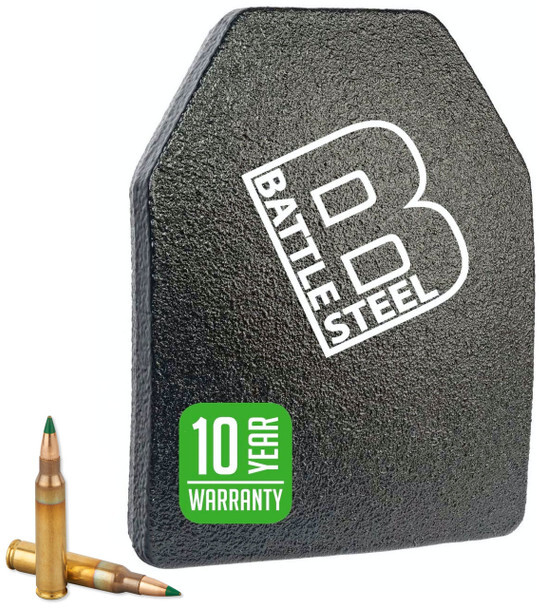
Understanding these distinctions is essential because your environment and risk level dictate which plate will serve you better. Law enforcement officers responding to standard rifle threats might be fine with Level III+, while a soldier operating in a combat zone with high-caliber threats would be safer with Level IV. It's not just about stopping bullets—it's about choosing the right tool for the job.
NIJ ratings help simplify the decision-making process, but real-world conditions vary. That's why manufacturers like BattleSteel go above and beyond with independent testing and upgraded plate variants. Understanding these categories ensures you're investing in the level of protection that matches your expected threats without unnecessary weight or cost.
Examining BattleSteel’s Level IV Ceramic Armor Plates
BattleSteel’s Level IV Armor Plates are purpose-built to stop the most dangerous rounds in the field—armor-piercing projectiles. These plates use advanced ceramic materials combined with a composite or polyethylene backing that dissipates energy and reduces blunt trauma. The ceramic face is engineered to fracture upon impact, absorbing and breaking up incoming rounds before they can penetrate.
One of the key strengths of BattleSteel’s Level IV plates is their proven ability to stop .30-06 M2 AP rounds, a standard used in NIJ Level IV testing. In addition to this, the plates have shown performance against other threats, including some 7.62x54R AP and .308 Winchester rounds. This makes them a top-tier choice for personnel operating in environments where armor-piercing threats are likely.
In terms of weight, these plates tend to be heavier than their Level III+ counterparts, typically around 6.5 to 7.5 lbs per plate. However, BattleSteel’s engineering ensures these plates maintain manageable bulk with ergonomic contours and a multi-curve design. This allows for better mobility and comfort during extended operations, despite the added weight.
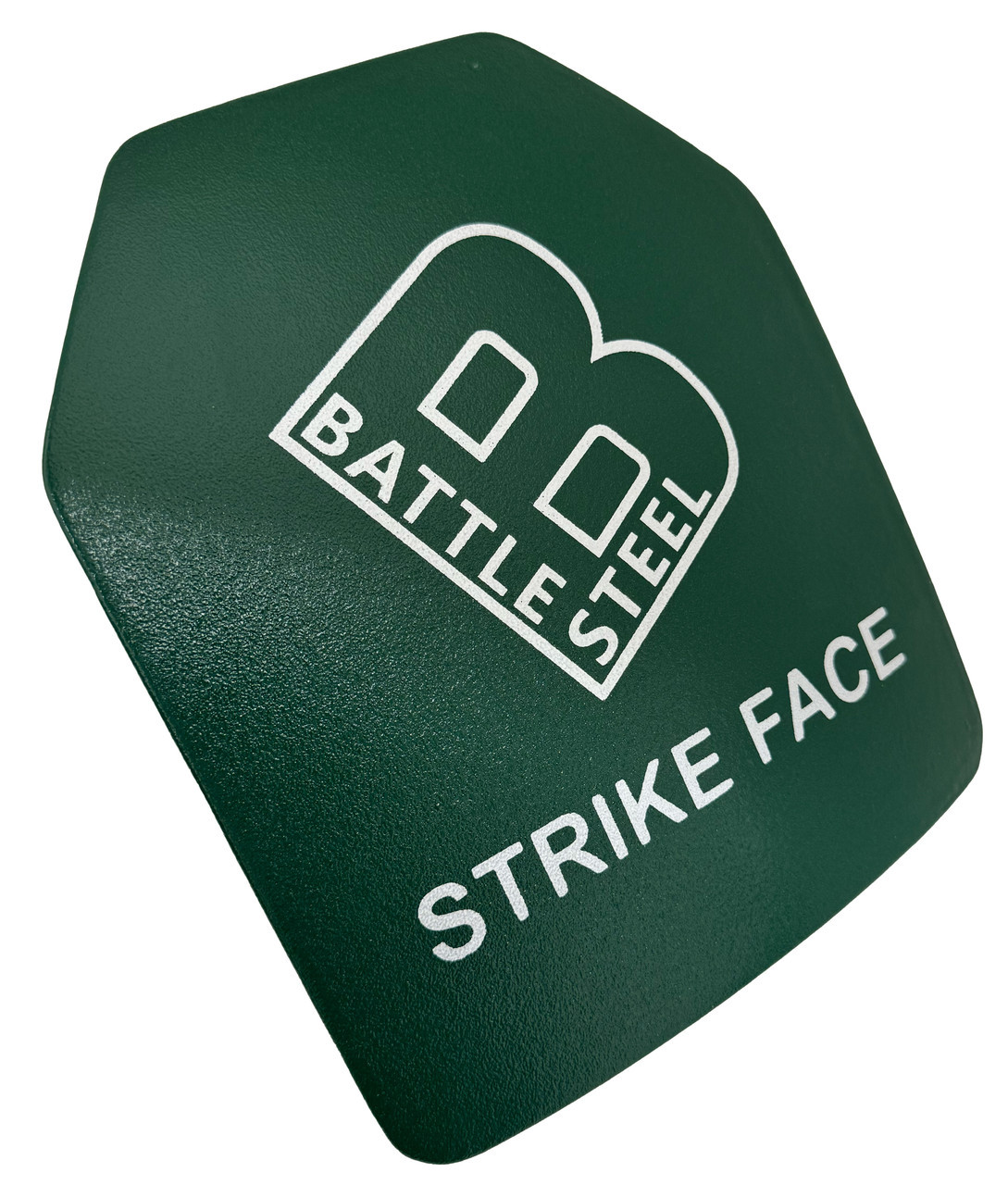
Durability is also a highlight. While ceramic plates are often thought to be fragile, BattleSteel’s Level IV models are rugged and built for repeated field use. The protective coating and quality construction ensure that the ceramic core remains intact during transport and deployment, adding confidence to every mission.
For professionals facing serious ballistic threats, these plates offer unmatched protection. Whether you're military personnel, a SWAT operator, or involved in high-risk security operations, BattleSteel Level IV plates are designed to provide maximum survivability in the most extreme conditions.
How Level III+ Plates Compare in Real-World Use
BattleSteel’s Level III+ plates fill a vital niche between standard Level III and Level IV protection. Designed to stop enhanced rifle threats such as the 5.56mm M855 and 7.62x39mm rounds, these plates are ideal for users needing more protection than standard Level III plates but without the added weight of Level IV ceramic.
These plates often feature materials like UHMWPE or hybrid composites, which make them incredibly light—some weighing as little as 4.5 to 5.5 lbs. This weight reduction significantly enhances user mobility, especially in situations that require fast movement, prolonged patrols, or vehicle-mounted operations. For many, this balance of protection and comfort is ideal.
Another advantage of Level III+ plates is their multi-hit capability. While Level IV is typically certified for a single AP hit, Level III+ plates often perform better in repeated impact scenarios with non-armor-piercing rounds. This makes them suitable for high-volume engagement environments like urban combat or riot control.
Comfort is another strong point. BattleSteel’s Level III+ plates feature multi-curve ergonomics, moisture-wicking coatings, and compatibility with modern plate carriers. This makes them an excellent choice for police departments, security teams, and prepared civilians who wear body armor regularly and need to prioritize endurance.
Cost-wise, Level III+ plates are more accessible than Level IV. This allows users to equip multiple carriers or entire teams without breaking the bank. For those in mid-level threat environments, these plates are a smart and versatile investment.
Side-by-Side
|
Feature |
Level III+ Plate |
Level IV Ceramic Plate |
|
Stops AP Rounds |
No |
Yes |
|
Weight |
4.5–6.5 lbs |
6.5–7.5 lbs |
|
Material |
UHMWPE/Steel |
Ceramic + Composite Backing |
|
Backface Deformation |
Moderate |
Low |
|
Price Range |
$159–$249 |
$229–$349 |
|
Spall Risk (Steel) |
Moderate |
Low (no steel surface) |
|
Ideal For |
Patrol, general-purpose use |
High-risk, high-threat environments |
Head-to-Head: Key Comparisons
Let’s break it all down and put the two types of plates side-by-side. First, when it comes to stopping power, Level IV clearly takes the lead due to its ability to stop armor-piercing rounds. Level III+ is still highly capable but is not rated for AP threats. However, it’s often more than sufficient for everyday law enforcement and civilian defensive use.
In terms of weight, Level III+ wins hands down. The difference of even 1–2 lbs per plate can mean a lot in operational fatigue and endurance over long shifts or missions. If you need agility and endurance, especially in hot climates, lighter plates are a major plus.
When it comes to comfort and ergonomics, both BattleSteel’s Level III+ and Level IV plates are top-tier. Their use of multi-curve designs and quality coatings make either option wearable for extended periods. That said, lighter plates will naturally be easier to wear over longer durations, particularly for smaller-framed individuals.
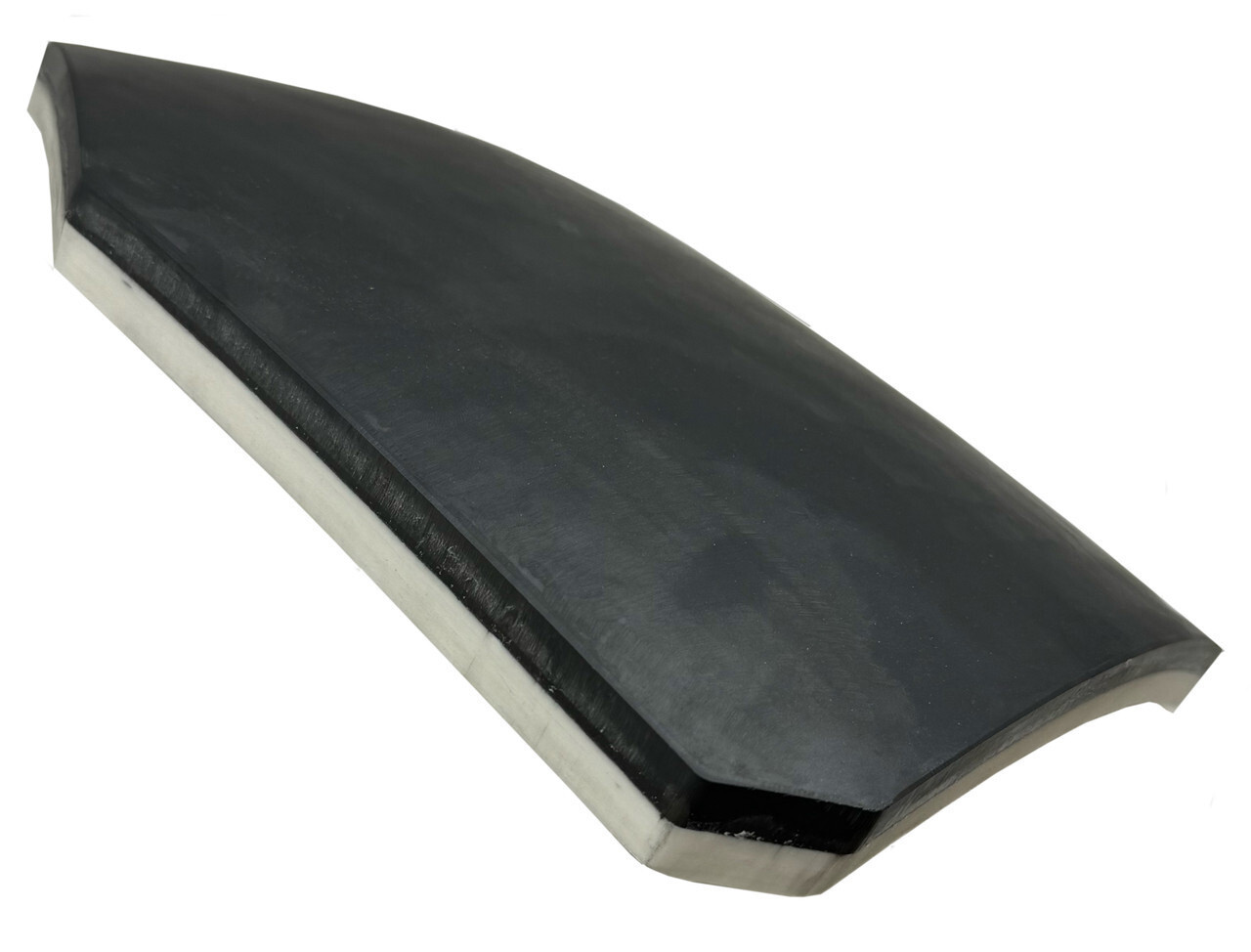
Price is another area of contrast. BattleSteel Level III+ plates typically range from $159–$249, while Level IV plates cost between $229–$349. For those outfitting a team or working on a tight budget, Level III+ may be the more practical choice—without sacrificing essential protection.
In the end, your use case determines the winner. Are you likely to face armor-piercing rounds? Then Level IV is a must. Are you seeking reliable protection against common rifle threats while staying mobile? Then Level III+ is your go-to.
Final Thoughts and Recommendations
There is no universal answer to which plate is “best”—it comes down to your mission profile, expected threat level, and personal tolerance for weight and cost. For those operating in environments where armor-piercing threats are real and present, BattleSteel’s Level IV Ceramic Armor Plates offer unparalleled protection. They are built tough, perform under stress, and are trusted by professionals in the highest-risk scenarios.
On the other hand, Level III+ plates provide an ideal balance for users who require enhanced protection but don’t need AP resistance. They’re lighter, more affordable, and more comfortable for daily use—making them perfect for law enforcement, private security, and civilian defense applications.
BattleSteel's reputation for quality and innovation ensures that whichever plate you choose, you're investing in gear that won’t let you down. Their plates are rigorously tested and field-proven, giving you the confidence to face uncertain threats head-on.
Still unsure? BattleSteel’s customer service team can help guide you based on your environment and gear loadout. And don’t forget—armor is just one piece of the protection puzzle. A quality carrier, proper training, and situational awareness complete the package.
Ready to Upgrade Your Protection?
Explore the full range of BattleSteel ballistic plates and tactical gear: Visit BattleSteel.com
Recent Posts
-
Understanding Ballistic Shield Ratings and Their Applications
The Trusted Name in Tactical Defense - BattleSteel® When it comes to protecting those who protect us …2025-04-19 -
The Importance of Hearing Protection in Tactical Environments
The Legacy of BattleSteel® BattleSteel® is a trusted name in the world of tactical defense equipment …2025-04-14 -
How to Properly Fit and Wear a Plate Carrier
About BattleSteel and Their Mission BattleSteel is a trusted name in the tactical gear industry, ren …2025-04-11

